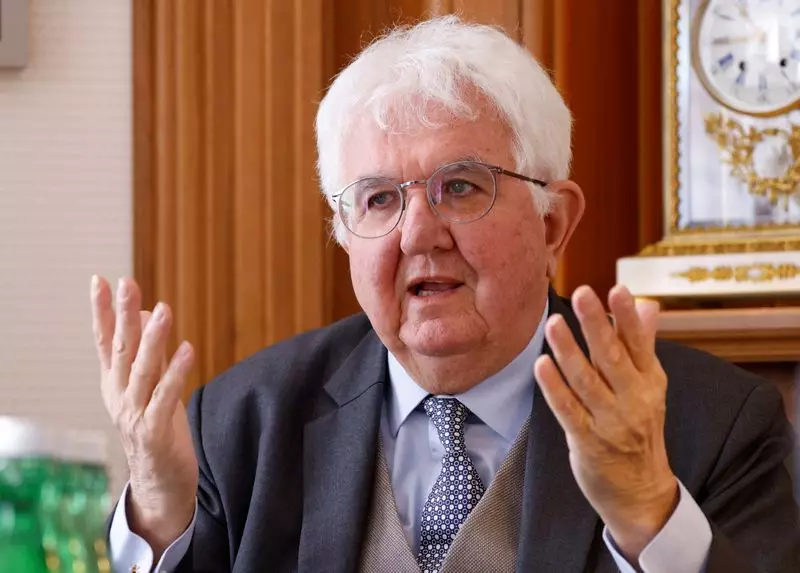The recent decision by the European Central Bank (ECB) to cut its benchmark interest rate has raised questions about the future direction of borrowing costs in the Eurozone. The rate cut from 4.0% to 3.75% was widely anticipated, given the disappointing wage and inflation data in recent weeks. However, the head of Austria’s central bank, Robert Holzmann, the only Governing Council member to oppose the rate cut, expressed caution about whether this move signaled a definitive shift towards lower borrowing costs.
Future Outlook
Holzmann highlighted the need for caution, stating that the rate cut was a step in the right direction but did not necessarily commit the ECB to further easing measures. He emphasized that future decisions would be data-dependent, including considerations such as the rate differential between the ECB and the U.S. Federal Reserve. The potential impact of Fed rate cuts on exchange rates and inflation in the Eurozone was noted as a key factor in the ECB’s decision-making process.
Holzmann emphasized the importance of achieving the ECB’s inflation target of 2%, citing current models that predict reaching this goal by 2026. However, he also acknowledged that unforeseen shocks could pose challenges to this timeline. The recent uptick in Eurozone inflation to 2.6% in May further underscores the need for a comprehensive strategy to address price stability and economic growth in the region.
The ECB’s policy decisions are faced with a delicate balancing act of supporting economic recovery while maintaining price stability. The recent rate cut reflects the ECB’s efforts to stimulate lending and investment in the Eurozone, but the effectiveness of these measures remains uncertain. External factors, such as global trade tensions and geopolitical risks, add another layer of complexity to the central bank’s decision-making process.
The European Central Bank’s recent policy changes highlight the challenges of navigating an uncertain economic environment. While the rate cut may be a step in the right direction, the path towards achieving the ECB’s inflation target and supporting economic growth remains fraught with uncertainties. Future decisions by the ECB will be closely watched to gauge the effectiveness of its policies in addressing the evolving economic landscape in the Eurozone.

